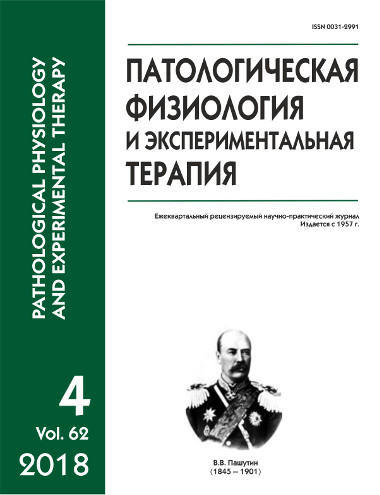Bone mineral density indices in Wistar female rats of different age with experimental hyperthyroidism
Abstract
Hyperthyroidism is one of the common causes of secondary osteoporosis in patients of different ages, so the study of the rate of bone loss in different age groups is very important and little studied. The purpose was to study the effect of prolonged administration of high doses of L-thyroxin on bone mineral density (BMD) parameters of different regions of the skeleton of Wistar female rats at different age periods. Methods. The study was performed on 50 female Wistar rats of three age groups (2 months, 5-6 months and 24 months). L-thyroxin in a dose of 25 mcg per 100 g of body weight, was administered intramuscularly for 30 days. The animals were divided into the following groups: immature females of the control group; Immature female rats who received L-thyroxine; rats of the reproductive age of the control group; rats of reproductive age who received L-thyroxine; Old females of the control group; Old females who received L-thyroxine. In-vivo determination of BMD parameters was performed on a two-photon x-ray densitometer «Prodigy» (GE Medial Systems, LUNAR, model 8743, 2005, USA, Experimental animals program) twice (at the beginning of the experiment and after 30 days). The following sections of the skeleton were examined: the spine, pelvic bones, hind limbs and the BMD index of the entire skeleton. Results. It was found that high doses of L-thyroxine significantly increases BMD indices in all parts of the skeleton only in immature female rats. High doses of L-thyroxine to the animals of reproductive age caused declines in BMD, maximum bone loss was detected at the level of the spine and hind limbs. The decline in BMD was statistically significant, not only in comparison with the corresponding index of the control group, but also in comparison with the baseline values. In old rats the hyperthyroidism caused less significant increase in BMD. Conclusion. Identified age features of the dynamics of BMD indices should be considered in the interpretation of X-ray densitometry data, in particular in the studies of the experimental secondary osteoporosis due to hyperthyroidism.






